The Gift of South Dakota
Subscriptions to South Dakota Magazine make great gifts!
Subscribe today — 1 year (6 issues) is just $29!
In Search of Frost
Dec 30, 2015
Frost is a beautifully peculiar thing. The first frost of autumn often comes too early, when green tomatoes still dangle from the vines. The first hard frost on my windshield is an annoying reminder that winter is coming (along with morning scraping). In literature and poetry, frost is often equated with something mischievous (Jack Frost) or with death. Frost is also an enemy of our power companies. When accompanied by a strong wind, heavy frost can wreak havoc with power lines and power poles. And yet, I still like the phenomenon that is frost. I can’t help it. What other weather event can transform a mundane scene to a dramatic vista straight out of a fantasy novel or movie?
Frost is not particularly easy to photograph. First, the conditions have to be just right for frost to cover the landscape. There are two kinds of frost that typically do the trick. White frost forms when there is a relative humidity above 90 percent and a temperature below 18 degrees Fahrenheit (like the foggy nights in early winter we’ve experienced this year). It grows against the wind direction, since air arriving from windward has a higher humidity than leeward air. Hoar frost forms on cold, clear nights when heat radiates out to the open sky faster than it can be replaced from nearby sources, such as wind or warm objects. The name “hoar” comes from an Old English adjective meaning, “showing signs of old age,” so think of the frost as adding white hair to objects.
Since frost is white and your camera’s metering is basically trying to find the correct exposure for medium gray (not too bright or not too dark), photos of frost are often underexposed. In other words, your camera wants to make sure nothing is overexposed in the image, so it tells you to expose white frost closer to gray than white. Because of this I try to shoot around one full stop brighter than my camera’s meter suggests when shooting frost or snow.
Finally, frosty weather means it is likely very cold outside. Winter temperatures are often accompanied by bone-chilling north winds, and that means frost usually does not stick around very long. I like to shoot frost against a clear blue winter sky, but oftentimes have to settle for fog and mist because once the sky clears, Jack Frost has been chased away by winter’s winds. Fog and mist can, however, add another mystical element to your winter photos, so all is not lost. I like to find an element of color to use in frost photos if possible. Including a red barn, for example, can add a much-needed punch of color to an otherwise coldly beautiful scene. That’s the thing about winter in our great state — as dangerous and deadly as it can be, it can also be beautiful. There is probably some life lesson in there somewhere. If I were a smarter man, I might be able to work it out, but for now, I’ll just take my camera out into the elements and enjoy the beauty.
Christian Begeman grew up in Isabel and now lives in Sioux Falls. When he's not working at Midcontinent Communications he is often on the road photographing South Dakota’s prettiest spots. Follow Begeman on his blog.


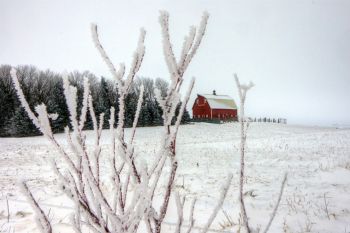
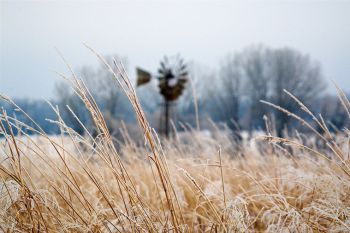
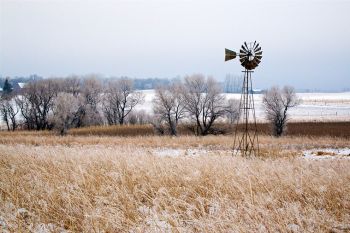
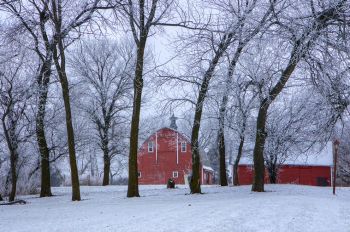
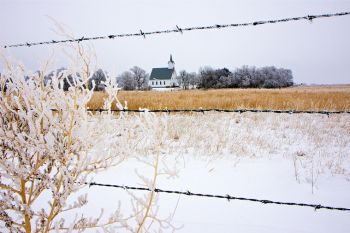
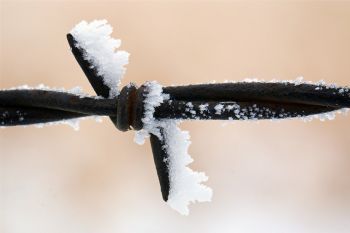
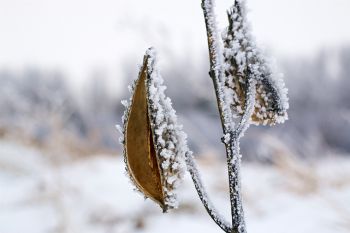
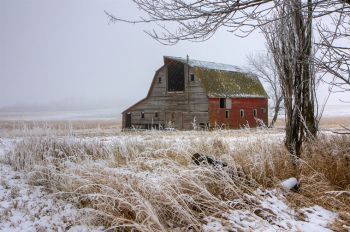
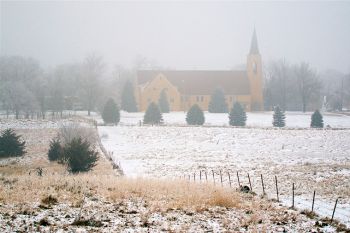
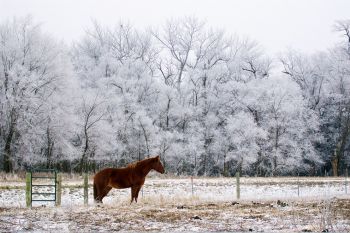
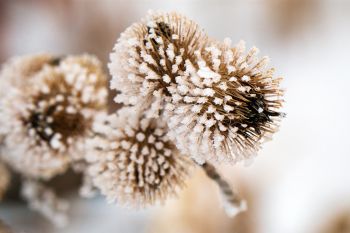
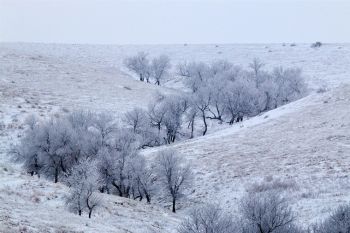
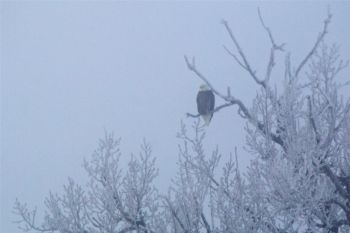
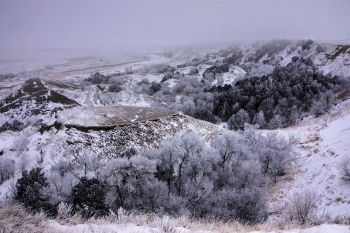
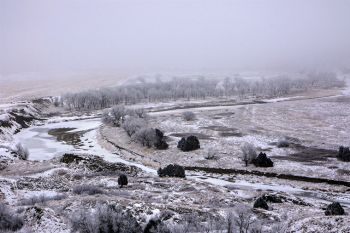
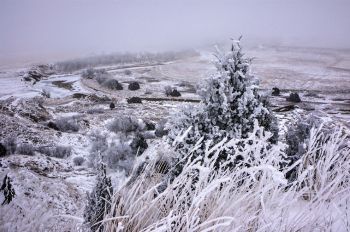
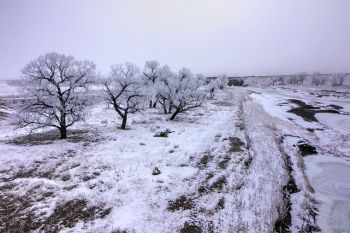
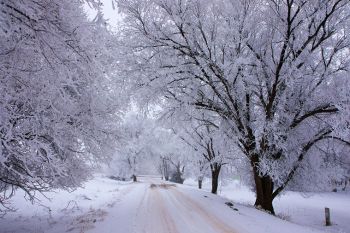
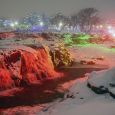
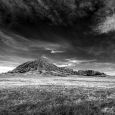
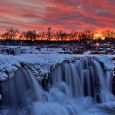
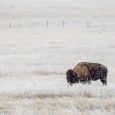
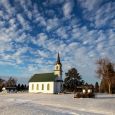
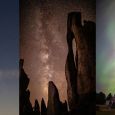
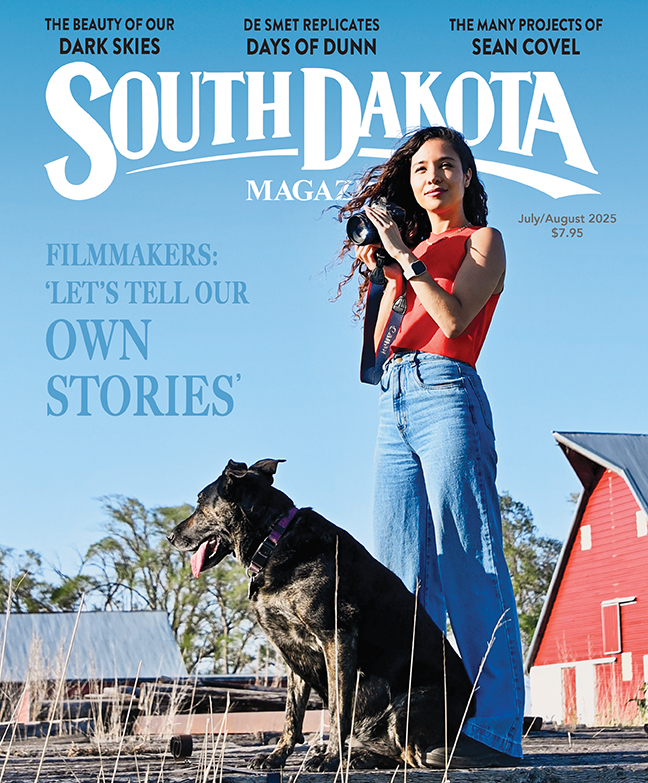

Comments